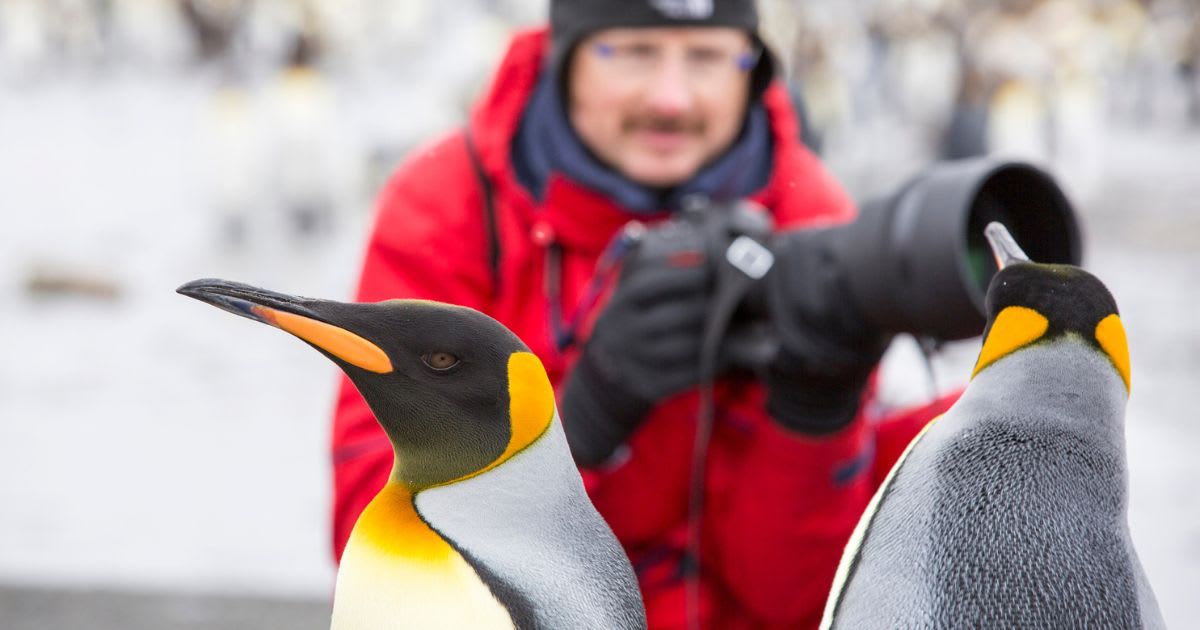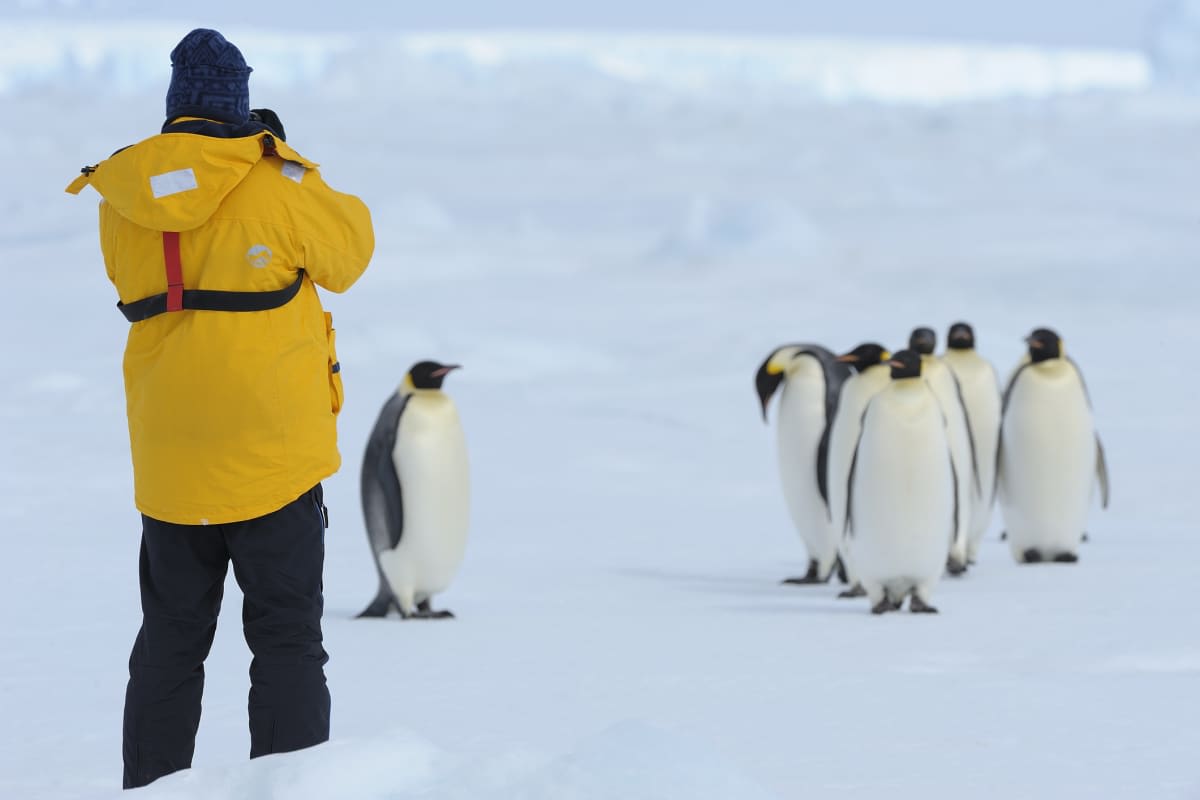Giant Penguins Once Lived In New Zealand — And Scientists May Finally Know Why They’re Gone

Fossils of animals from the past are very helpful for scientists and researchers as they reveal a lot about life on Earth hundreds of years ago. They give us an idea about how certain species evolved over the years, adapted to the changing environments, and sometimes even the reason behind their extinction. In some cases, researchers can also predict how animals might respond to future changes. Recently, scientists in New Zealand have found the fossil of a giant penguin species that lived there around 3 million years ago. Experts also have an idea about what caused this massive species to disappear.

The recently discovered fossil reportedly belongs to an ancestor of modern emperor and king penguins, and they once lived near the coasts of Aotearoa, New Zealand. The well-preserved fossil skull was discovered along the Taranaki coast. As reported by the New Zealand Herald, the skull is about 31% larger than that of a modern emperor penguin. Additionally, researchers also found that, unlike its modern relatives, this ancient penguin also had a much more powerful and longer beak. These findings were revealed in a study titled, ‘Emperor penguin’s fossil relatives inhabited subtropical waters.’ It was published online by the Cambridge University Press.

According to the study, in the said era, the world was warmer, and the giant penguin in question slowly began to disappear as the climate changed. But it wasn’t the only factor for their extinction, as several other penguin species in New Zealand survived the same weather changes. It’s also confusing because today’s giant penguins survive well in the freezing climate of polar regions, yet their ancient relatives vanished from New Zealand when temperatures dropped. The authors stated, “The reasons that great penguins are not still found in New Zealand might be more complex than climate pressures alone.”

One possible reason for their population decline could be the dangers that they face from the predators. As reported by Live Science, until 500 years ago, Aotearoa had giant predators like Haast's eagle and Forbes' harrier, which often hunted large birds. The authors also stated, “The close relatives of emperor and king penguins appeared to have gone extinct in ancient New Zealand at approximately the same time as the arrival of giant Haast’s eagle and Forbes’ harrier.” The ancient penguins in Taranaki likely nested in large, open coastal colonies, making them an easy target for giant eagles. On the other hand, smaller penguins in New Zealand hid themselves in burrows and moved mostly at night, helping them stay safe.

While it could be a possible explanation, there are several other factors, like changes in the ocean and food shortages, that could also be responsible. Furthermore, this research also offers valuable clues about how the ancient penguins adapted to changing environments. Just like their ancient relative, which thrived in warmer climates as well, the king and emperor penguins today can survive in temperatures up to 20°C. Meanwhile, it is possible that as the temperature continues to rise on our planet, several animal species may shift their habitats constantly as they look for suitable conditions.
More on Green Matters
Satellite Photos Show a Dramatic Decline in Emperor Penguins in the Antarctic
Over 90% of Emperor Penguins Could Disappear by 2100 — And Only One Thing Is to Blame
Penguin Parents Do This Sweet Thing to Keep an Eye on Their Babies